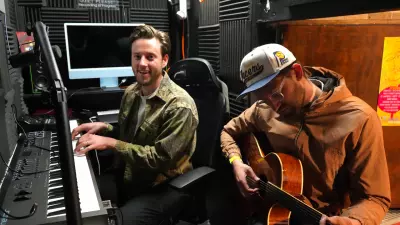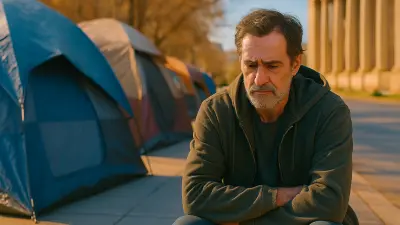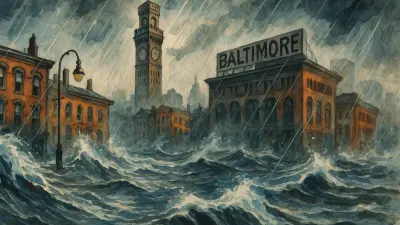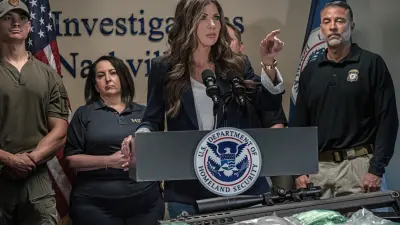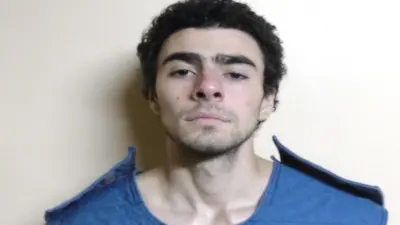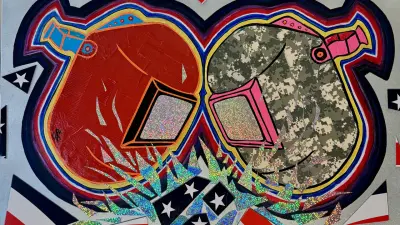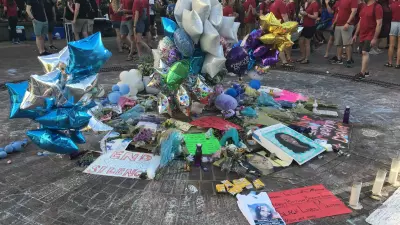In the Indiana capital, an arts organization offers a revolutionary new residency for creatives and entrepreneurs.

[Editor’s note: Postindustrial Arts Contributor Joanna Taft shares an exciting new program at the Indianapolis-based Harrison Center, which she leads. The center is a leader in advocating for community arts and education in the Indiana capital.]
Harrison Center residencies feature artists and entrepreneurs to inspire the creation of new art, ideas, initiatives, and collaborations to address neighborhood quality of life goals.
We offer both four-week and 48-hour residencies.
Areas of interest include fine art, writing/poetry, podcasting, filmmaking, venture-making, equitable development, and more.
Each fellow will be supported by a cohort of local artists, entrepreneurs, and neighbors who will act as hosts to provide community context and feedback.
The fellowship is a growth opportunity that provides artists and entrepreneurs opportunities for new connections, exhibits/presentations, press/media appearances, and coaching from established artists and entrepreneurs. This program casts vision, leverages resources, invests energy, and networks to build a culture of creative restoration.
How does it work?
Our 48-hour residency started with musicians heading from Cincinnati
and going straight to Chicago, skipping Indy. We grabbed those
musicians for 48 hours.
They have 24 hours to explore the city (see what I want them to see!!) and 24 hours to celebrate the city by writing a song about what they have experienced/seen.
We house them, feed them, and give them a good sense of Hoosier hospitality. Since
songwriters travel, tell stories, and perform, they end up becoming
unofficial brand ambassadors for our city as they continue their tour.
We have tried this with painters UNSUCCESSFULLY (turned into a one-week residency). We have had success with photography and sound installation.
Why add entrepreneurs to the program?
We are adding entrepreneurs in 2025 because of our deep commitment to the health of the neighborhood where we live and work. We are partnering with the neighborhood’s quality of life plan. The neighbors have set concrete and significant goals to accomplish. We know that entrepreneurs get things done; they solve problems. So, what would happen if we brought in an entrepreneur from Detroit, for example, who had already solved a neighborhood problem there?
We put the entrepreneur in a cohort with artists and neighbors, hoping they will develop a new imagination to solve some of our most pressing problems.
We tested this a little in 2024. We brought in Gabrielle Clowdus from Minnesota. She runs a nonprofit called Settled that builds tiny home villages on church properties (so far 3) for homeless people.
A third of the residents are “intentional neighbors” from the church or community who pay rent and choose to live in the community. Part of the church is renovated for a community space, kitchen, bathrooms, and laundry.
While we brought Gabrielle in, we didn’t know that we wanted to do her exact model, but we wanted our community to have a new imagination about affordable housing solutions.
Her visit has spawned community conversations about housing with the faith community that were not there before.

